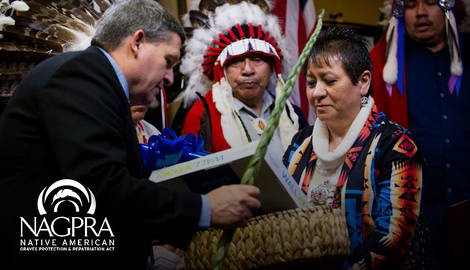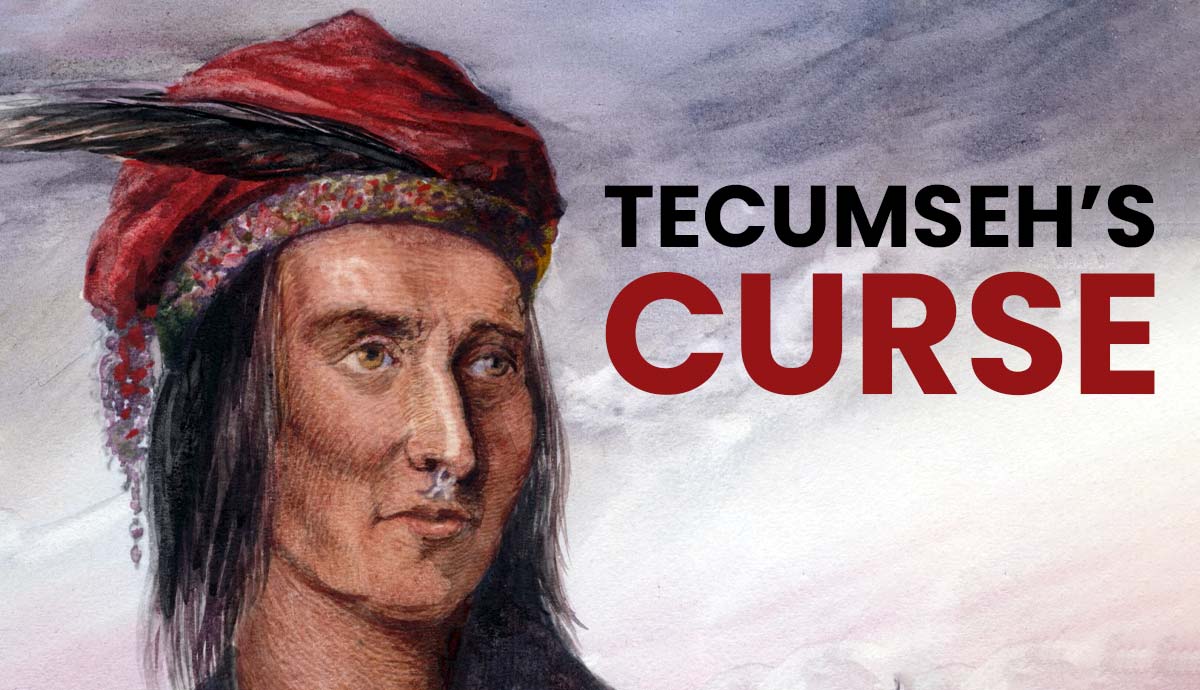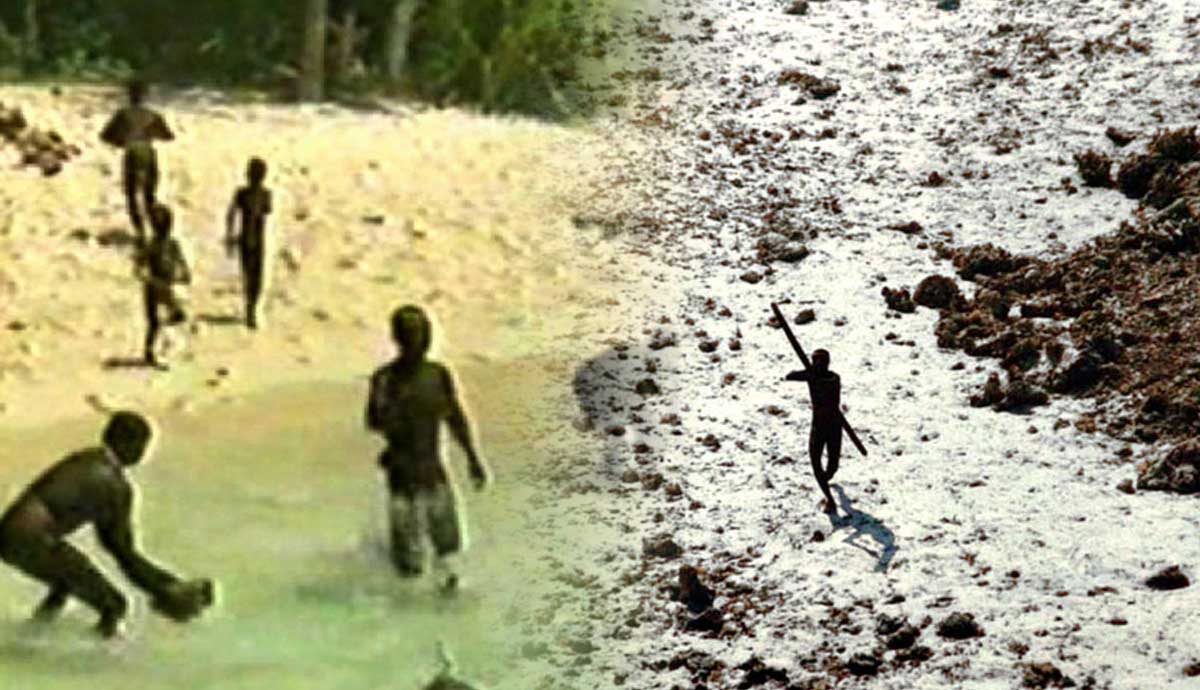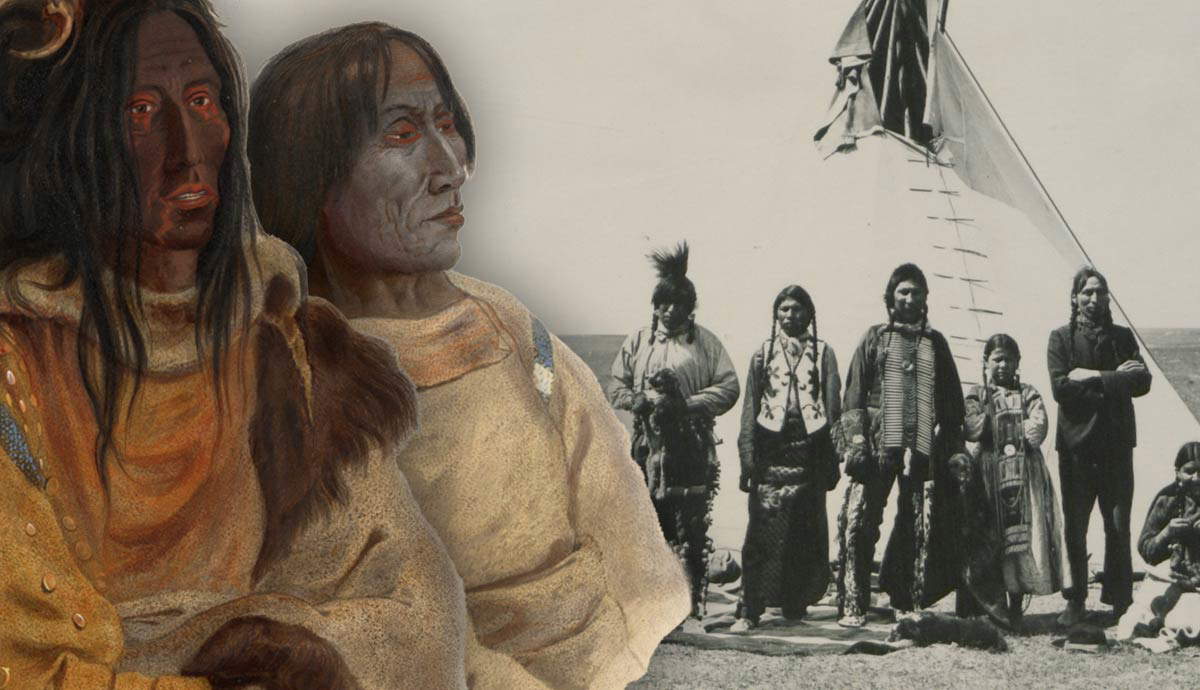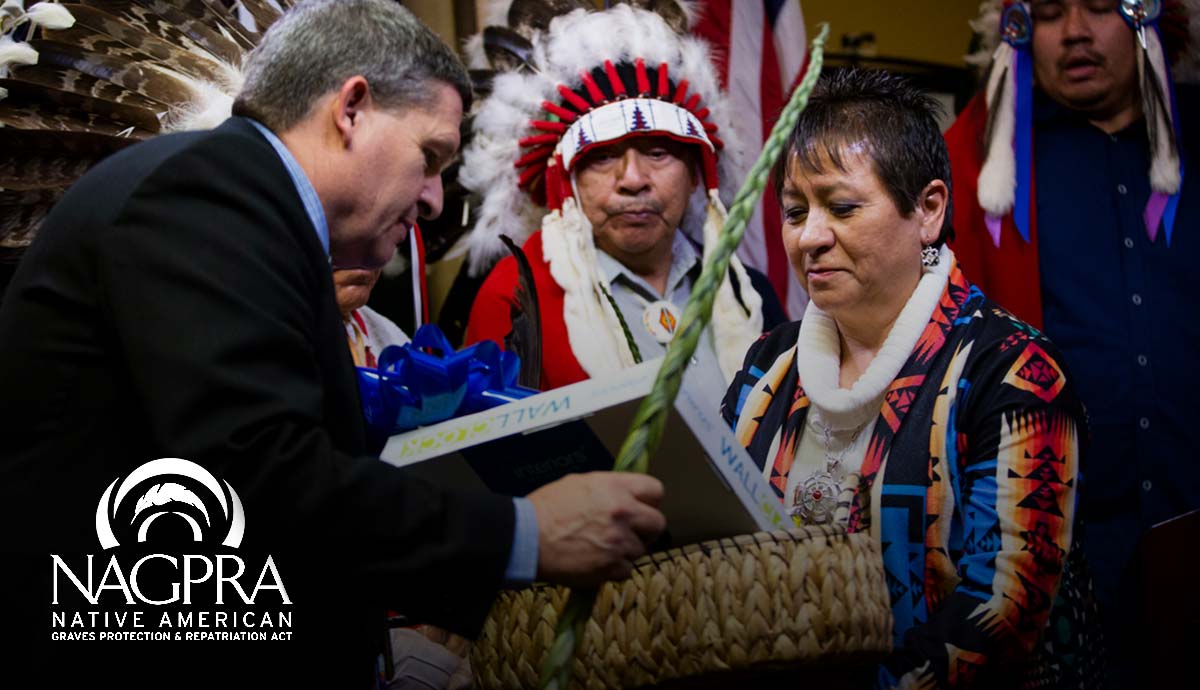
Fascination with people of the past has been a common theme of Western civilizations throughout history, with Americans proving to be no exception. The disinterment of Indigenous people began not long after the arrival of European settlers. Not only were people removed from what was expected to be their final resting place, but cultural objects were taken from areas of importance. The Native American Graves Protection & Repatriation Act (NAGPRA) was passed in 1990 with the intent of stopping this practice and returning previously stolen Indigenous remains and objects to those to whom they belonged. Has this legality been a success?
A Sad History

Some of the earliest permanent European immigrants to the future United States were the English who settled in New England, known commonly as “the Pilgrims.” They would have a difficult relationship with Indigenous peoples from the start, and it was not uncommon for them, with yet unestablished farming practices, to steal from Native food stores.
One of the earliest recorded violations of an Indigenous grave occurred during one of these thefts. While searching for a food cache, a group of Pilgrims found the corpse of an Indigenous child. They re-interred the body, but not before they removed the necklaces and bracelets the child was wearing, as the beads had potential trade value (Thornton, 1998).

Over time, Native Americans were continuously viewed as “lesser than” by many Americans as the genocide of Indigenous culture persisted over the following centuries and the Manifest Destiny era. Stealing, owning, and collecting Indigenous remains was not seen as unethical and, sometimes, was even en vogue. Some even offered money to grave robbers, seeking remains for scientific research or collection (Daehnke & Lonetree, 2011).
In the nineteenth century, the US Army even received orders to send all Native remains to the Smithsonian for research. Museums and universities began seeking Native American cultural objects as relics of days gone by as the Indigenous way of life was wiped off the map. Religious items were confiscated, historical objects removed, and other symbols of culture were forced into public display and sometimes, eventually, storage.
The Antiquities Act

Upon reading its description, a scholar might assume that the passage of the Antiquities Act of 1906 was the first step in reversing this trend and putting a stop to the desecration of Indigenous culture. The act established several requirements to protect archaeological resources on public lands. This included a need to get permission before removing objects and penalties for unauthorized excavation.
However, this act made no differentiation between Native American remains that were hundreds of years old and those that were contemporary; many traditional tribal cemeteries existed on federal lands. Indigenous people were allowed no agency over their material culture, but these materials became the property of the federal government.
At the same time, assimilation policies were in high gear, and people of Indigenous heritage were being pushed to abandon their traditions more than ever. From this time until 1990, it is estimated that anywhere from 300,000 to 2.5 million Indigenous bodies and millions of cultural objects were taken into the possession of museums, private collectors, and the federal government (Daehnke & Lonetree, 2011).
Increasing Activism

Eventually, Indigenous voices began to be heard. Influential groups such as the American Indian Movement (AIM) began organizing and protesting loudly during the mid-twentieth century, culminating during the rebellious years of American change in the 1960s and 1970s. In 1989, legislation was passed that applied exclusively to the Smithsonian, requiring the repatriation of Indigenous remains to tribes. The following year, repatriation rules would become universal and more extensive, and the Native American Graves Protection and Repatriation Act (NAGPRA) was born.
Digging Up the Details

NAGPRA was approved by Congress on November 16, 1990 and was intended to address the rights of lineal descendants, Native American tribes, and Native Hawaiians. In particular, the act focuses on the rights of these groups to certain Indigenous “remains, funerary objects, sacred objects, and objects of cultural patrimony.”
The goal was to reunite these objects, in the possession of any institution receiving federal funding, with those to whom they held meaning. NAGPRA was set to be effective one year from its enactment, giving these organizations time to compile and report inventories of such items and identify their cultural affiliation. Once an item was identified, it was required to be “expeditiously” returned. After identification, organizations are instructed to consult with the associated tribe or cultural group to discuss repatriation or appropriate disposal of the objects.

Under NAGPRA, human remains must be returned to a direct descendant or culturally affiliated organization, such as a tribe. A “reasonable connection” between the remains and the organization is required, as outlined by NAGPRA (Daehnke & Lonetree, 2011).
Once remains are identified, under NAGPRA, an institution must publish a list of tribes eligible to make a claim on them. The remains are then considered “available for return,” and tribes can make claims. After identification, consultations between these organizations and the possessing entity are the first step in the repatriation process, with resources for these offered by a number of entities, including the National Park Service.

NAGPRA created a Federal Advisory Review Committee to monitor the implementation of the law. The members were appointed by the Secretary of the Interior, whose oversight includes the Bureau of Indian Affairs. This committee monitors the identification process, resolves disputes, and recommends actions for any items that are “culturally unidentifiable.” NAGPRA also applies to current or future archaeological excavations on both private and state land, though the depth at which it is relevant depends on local laws and other factors.
Ramifications

The complete details of what institutions must do to maintain their collections as NAGPRA compliant are outlined in the law. The Smithsonian is the only federally funded museum, agency, or department exempt from NAGPRA, as it is governed by its own previously mandated and specific law. Stakeholders that fail to comply with the act may face a number of consequences, including criminal prosecution, civil penalties, and reduced or eliminated funding.
Loopholes & Failure

While NAGPRA may have been well-intentioned, its application over the last thirty-plus years has demonstrated ineffectiveness and challenges that leave much to be desired. When the law was passed, Congress estimated that it would take ten years for NAGPRA to demonstrate the effectiveness and for all covered objects and remains to be repatriated to the proper hands.
Yet, it is estimated that at least another 70 years are necessary. The biggest issue that has caused NAGPRA to fall flat is the inability to identify the cultural affiliation of many objects and remains. Limited provenance of items that have been in institutional possession for decades and even centuries makes identification slow and, in some cases, has proven impossible. There have also been accusations of institutions claiming that evidence of cultural links is inadequate and taking advantage of loopholes in the law.

Another challenge lies with the fact that a tribe must be federally recognized to bring a repatriation claim under NAGPRA. This eliminates the rights of hundreds of established groups that are awaiting or have been denied federal recognition, regardless of how long they have existed within the current borders of the United States.
As of 2018, there were approximately 400 non-federally recognized tribal entities in the US. Some of these groups had recognition in the past and lost it as a result of government action in the mid-twentieth century or have been unable to meet federal recognition requirements, which are often a challenge due to the amount of required documentation. Perhaps ironically, the assimilation tactics perpetrated by US entities over the last centuries made the continuous tribal documentation required to satisfy regulations an impossible task in many cases.

A lack of penalty enforcement has been observed over NAGPRA’s active years as well. Though the law requires consequences upon agencies who fail to comply, these are rarely administered. Penalties are frequently avoided with simple explanations from institutions about why they failed to meet requirements. Tribes are left with little recourse in these situations.

Some of the nation’s most prestigious museums are among the offenders. For example, the American Museum of Natural History in New York has made 46% of its possessed Indigenous human remains “available for return.” However, the remains of at least 1,900 Native people are still in the museum’s possession and not available for return. In the case of Harvard University, the remains of at least 5,600 people are not available for return (the third largest collection of unrepatriated remains in the country).
Ethical Consequences

The consequences of institutions failing to uphold NAGPRA are not only legal, but have ethical and moral fallout as well. The value of these remains and funerary objects cannot be plainly defined by law. It is a common belief across several Native American cultures that the disturbance of the dead forces the spirits of the deceased to wander and be unable to rest. Treating human remains as specimens or commodities is viewed as crude and simply wrong across cultures and religions, regardless of whether one is Indigenous or not.

Science has stepped in with additional opinions. Some anthropologists feel that certain remains hold unique value to the world of human science and should be retained by institutions for research and future testing; they feel that this value outweighs the cultural value. The practice of archaeology has a strong commitment to holding artifacts in perpetuity for future inquiry.
What’s Next for NAGPRA?

Though NAGPRA has suffered many barriers preventing its complete realization, it has had some achievements. A number of successful reparations have occurred since the introduction of the law, bringing healing and comfort to some in the Indigenous communities around the country.
In 2023, the US Senate Committee on Indian Affairs singled out five institutions for their lack of compliance and sent letters calling their reparation rates “unacceptable.” However, this progress is minute when compared to the vast strides that institutions must make in order to be fully compliant with the law and the needs and wishes of thousands of Indigenous people and communities.
Works Cited
Daehnke, Jon and Amy Lonetree, “Repatriation in the United States: The Current State of the Native American Graves Protection and Repatriation Act.” American Indian Culture and Research Journal 35, no. 1 (2011): 87-97.
Russell Thornton, “Who Owns Our Past? The Repatriation of Native American Human Remains and Cultural Objects,” in Studying Native America: Problems and Prospects, ed. (Madison: The University of Wisconsin Press, 1998), 387–88.
